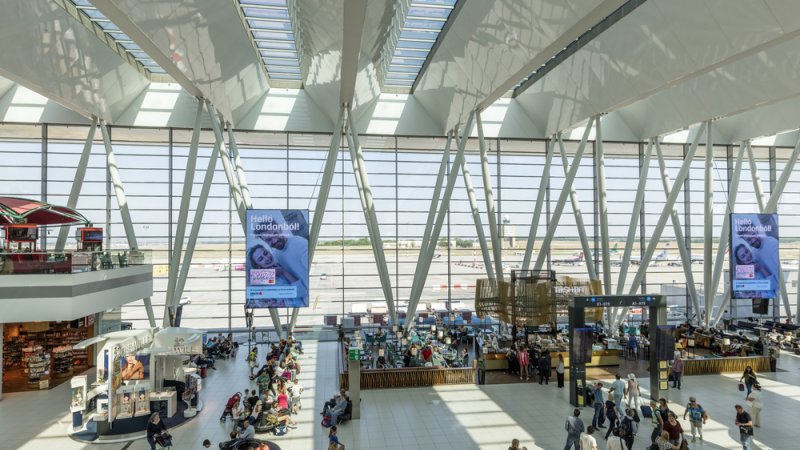Budapest's Ferenc Liszt Airport (BUD) continues to achieve remarkable successes, positioning the Hungarian capital among the top air travel destinations in Europe.
According to official data for the summer 2025 season, more than 160 international destinations are now directly accessible from Budapest, and this number is expected to rise with the entry of new airlines and the expansion of existing routes.
Among the destinations: all major European capitals, popular secondary cities like Valencia, Graz, Pisa, and Ljubljana, as well as long-haul destinations such as Dubai, Tashkent, Seoul, and more that are expected to join in the coming years.
Once considered a medium-sized airport with modest potential, Budapest has in recent years transformed into a rapidly growing regional aviation hub.
Thanks to a blend of advanced infrastructure, supportive government policies, and a strong presence of low-cost carriers, the Hungarian airport has attracted a diverse and substantial flow of passengers from both Hungary and neighboring countries.
Among the prominent airlines operating there: Wizz Air, with its main base in Budapest, Ryanair, offering a variety of European destinations, Emirates, Turkish Airlines, LOT Airways, and of course, our Israeli companies El-Al, Israir, and Arkia Airlines, bringing the world to Europe via Budapest.
In addition to being a convenient transit station, Budapest itself benefits from increasing exposure: tourists from all over the world choose it as a major destination for city vacations, thanks to affordable prices, classic European atmosphere, rich culture, hot springs, trendy street food, and vibrant nightlife.
The luxury tourism sector is also strengthening, with an increase in the number of 4 and 5-star hotels, the opening of new Michelin-starred restaurants, and a trend of foreign investors viewing the city as a promising destination.
The BUD airport authorities continue to prepare for the future with expansion plans, terminal upgrades, and fast public transport links to the city center, all aimed at supporting Budapest's transformation into a central hub of European aviation in the coming decade.
